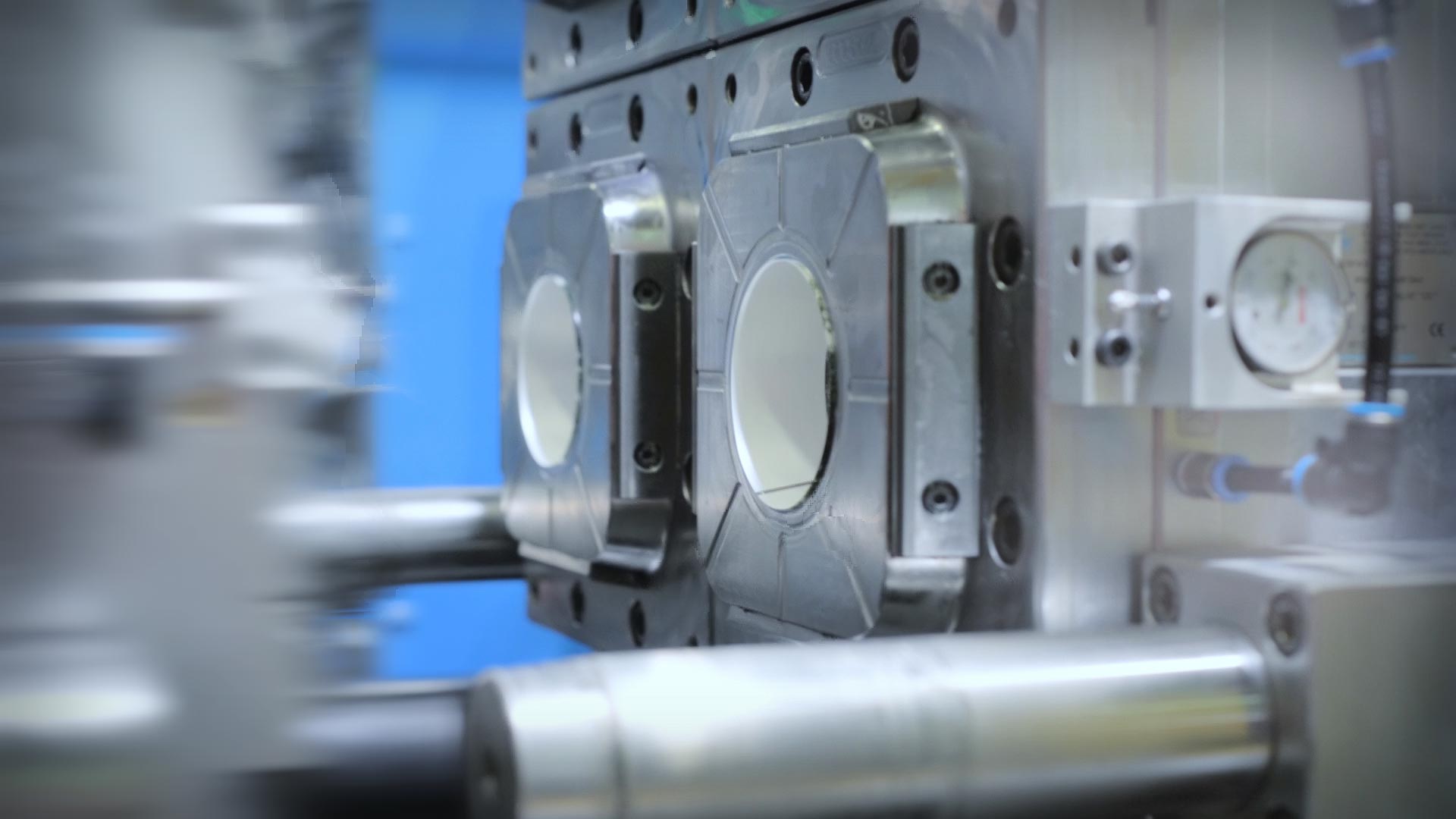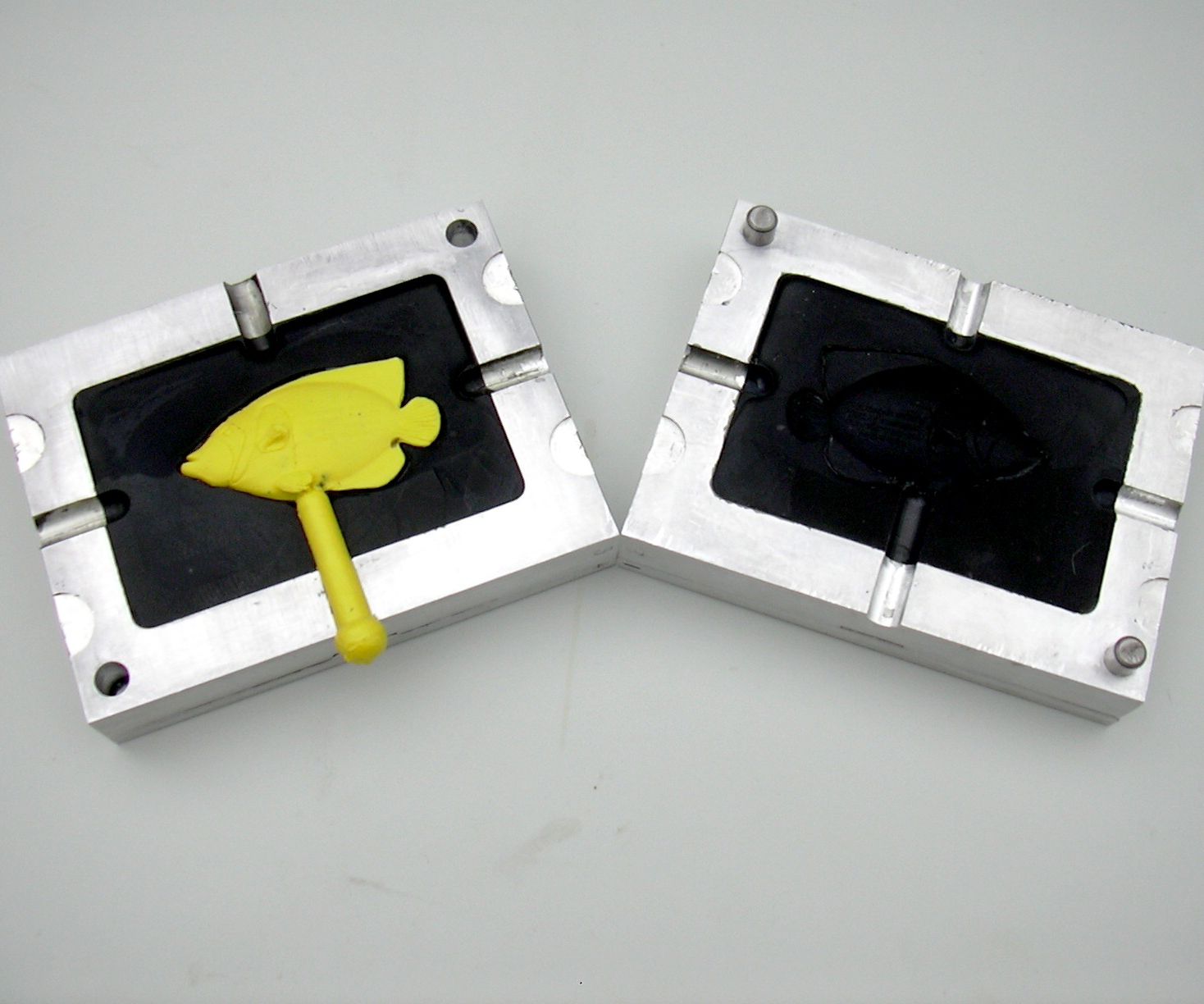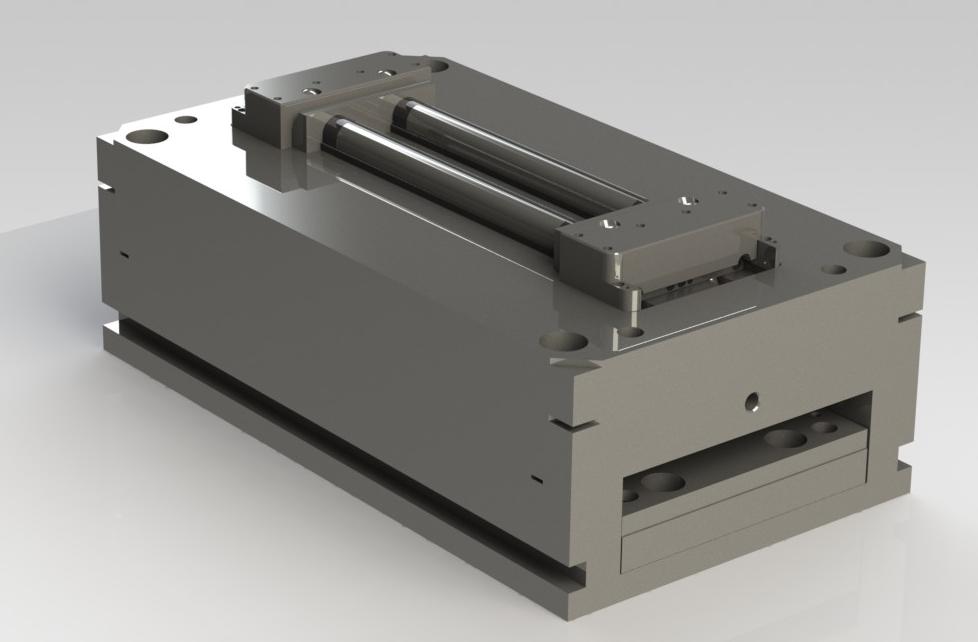Enhancing Item Growth with Advanced Plastic Injection Molding Solutions
Understanding the Basics of Plastic Shot Molding Procedures
Plastic injection molding acts as a cornerstone of modern-day production, offering a methodical approach to creating intricate parts with precision. This procedure not only incorporates the basic steps of melting and injecting materials right into mold and mildews but also involves a nuanced understanding of different influencing factors, such as temperature and stress. As markets significantly demand efficiency and high quality, the intricacies of this methodology end up being a lot more vital. Exploring these important aspects can reveal just how even small adjustments can cause substantial renovations in manufacturing end results, questioning about the possibility for development in this established procedure.
What Is Plastic Shot Molding?
Plastic shot molding is an extensively utilized production process that changes thermosetting and thermoplastic materials right into exact and complicated shapes. This method is favored for its ability to generate high quantities of the same get rid of exceptional precision, making it an important approach in numerous industries, including automotive, durable goods, and clinical tools.
The procedure includes thawing the picked plastic material and infusing it right into a mold under high pressure. The mold, developed to the specs of the preferred component, allows the molten plastic to take form as it cools down and strengthens. As soon as the product has set, the mold and mildew is opened, and the finished component is ejected.
Plastic shot molding provides a number of benefits, consisting of lowered waste, consistency in production, and the ability to incorporate complex styles that may be challenging with other producing techniques. In addition, it supports a broad series of products, each offering unique buildings that can be customized for specific applications. As industries remain to innovate, plastic injection molding continues to be at the forefront, making it possible for the development of sophisticated products that satisfy evolving customer needs.
The Shot Molding Refine
The shot molding procedure is an advanced method that involves a number of crucial phases to create top notch plastic parts. Plastic pellets are fed right into a heated barrel where they are melted into a viscous liquid. This molten plastic is after that infused under high pressure into a precision-engineered mold, which forms the product right into the desired type.
As soon as the mold and mildew is loaded, the plastic is permitted to solidify and cool down, taking the shape of the mold tooth cavity. Cooling time is crucial, as it affects the cycle time and the final residential or commercial properties of the molded part. After adequate cooling, the mold and mildew opens, and the completed part is expelled using ejector pins.

Materials Utilized in Injection Molding
Various products can be made use of in the shot molding procedure, each offering special buildings that satisfy specific applications. One of the most generally made use of materials include thermoplastics, thermosetting plastics, and elastomers.

Thermosetting plastics, like epoxy and phenolic resins, go through a chemical adjustment during the curing procedure, leading to an inflexible, inflexible structure. These products are optimal for applications needing high warm resistance and structural stability, usually used in automobile parts and electric insulators.
Elastomers, consisting of silicone and rubber-based materials, offer adaptability and durability. Their one-of-a-kind residential or commercial properties make them appropriate for applications that demand elasticity, such as gaskets and seals.
Furthermore, specialized products like bio-based plastics and composites are getting grip for their ecological advantages and improved performance attributes, expanding the extent of shot molding applications in different markets. Recognizing the residential or commercial properties of these products is essential for choosing the proper type for certain projects.
Benefits of Shot Molding
Injection molding stands apart as a very effective manufacturing procedure that provides numerous benefits for producing complicated parts with precision. One of one of the most significant advantages is the capacity to develop elaborate layouts that would certainly be tough or impossible to achieve with other methods (Plastic Injection Molding). The procedure enables for comprehensive features and limited resistances, guaranteeing top quality components
In addition, injection molding is known for its quick manufacturing capabilities, making it an optimal selection for high-volume production. When the mold and mildew is created, parts can be generated rapidly, reducing preparations and raising general productivity. This performance not only lowers manufacturing expenses but additionally provides an affordable edge in the market.
The adaptability of products utilized in shot molding even more improves its allure. A vast array of thermoplastics and thermosetting polymers can be used, allowing manufacturers to pick materials that finest fulfill their particular requirements, consisting of strength, adaptability, and warm resistance.
Additionally, the procedure minimizes waste, as excess material can usually be recycled and reused. This sustainability element adds to a reduced ecological impact, making injection molding an accountable manufacturing selection. Overall, the advantages of injection molding make it a preferred approach for several industries.
Elements Impacting Item Quality
While numerous elements can influence item top quality in shot molding, recognizing these elements is essential for accomplishing optimum outcomes. Trick facets include material choice, processing specifications, and mold and mildew layout.
Product choice plays an important duty, as various polymers show one-of-a-kind homes that influence flowability, helpful hints stamina, and thermal stability. Insufficient material selection can result in flaws such as warping or incomplete dental filling.
Handling criteria, including temperature, cycle, and pressure time, have to be diligently regulated. Variants in these settings can result in inconsistencies partially measurements and surface area coating. Excessively high temperature levels might cause deterioration of the polymer, while insufficient pressure can result in brief shots.
Mold design is similarly vital, as it establishes the circulation of the molten plastic and the cooling procedure. Inadequately developed molds may lead to unequal air conditioning rates, causing dimensional inaccuracies and recurring anxieties.

Conclusion
To web link conclude, plastic shot molding acts as a crucial manufacturing process that allows the reliable manufacturing of high-grade parts. Proficiency of the injection molding process, including the understanding of materials and the impact of different aspects on product high quality, is vital for accomplishing optimum outcomes. The advantages of this method, such as cost-effectiveness and design flexibility, more underscore its significance throughout several markets, solidifying its status as a recommended option for high-volume manufacturing.
Plastic shot molding serves as a cornerstone of modern-day manufacturing, supplying a methodical strategy to creating intricate parts with precision.Plastic injection molding supplies a number of advantages, including minimized waste, consistency in manufacturing, and the capability to incorporate detailed styles that may be testing with various other producing methods (Plastic Injection Molding). As sectors continue to introduce, plastic shot molding stays at the center, allowing the growth of sophisticated items that satisfy progressing customer demands
The shot molding process is an innovative technique that entails a number of key stages to generate premium plastic elements.In verdict, plastic injection molding serves as a critical manufacturing procedure that allows the reliable production of top quality components.